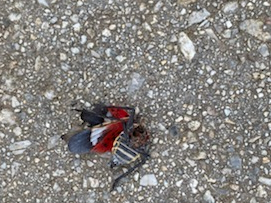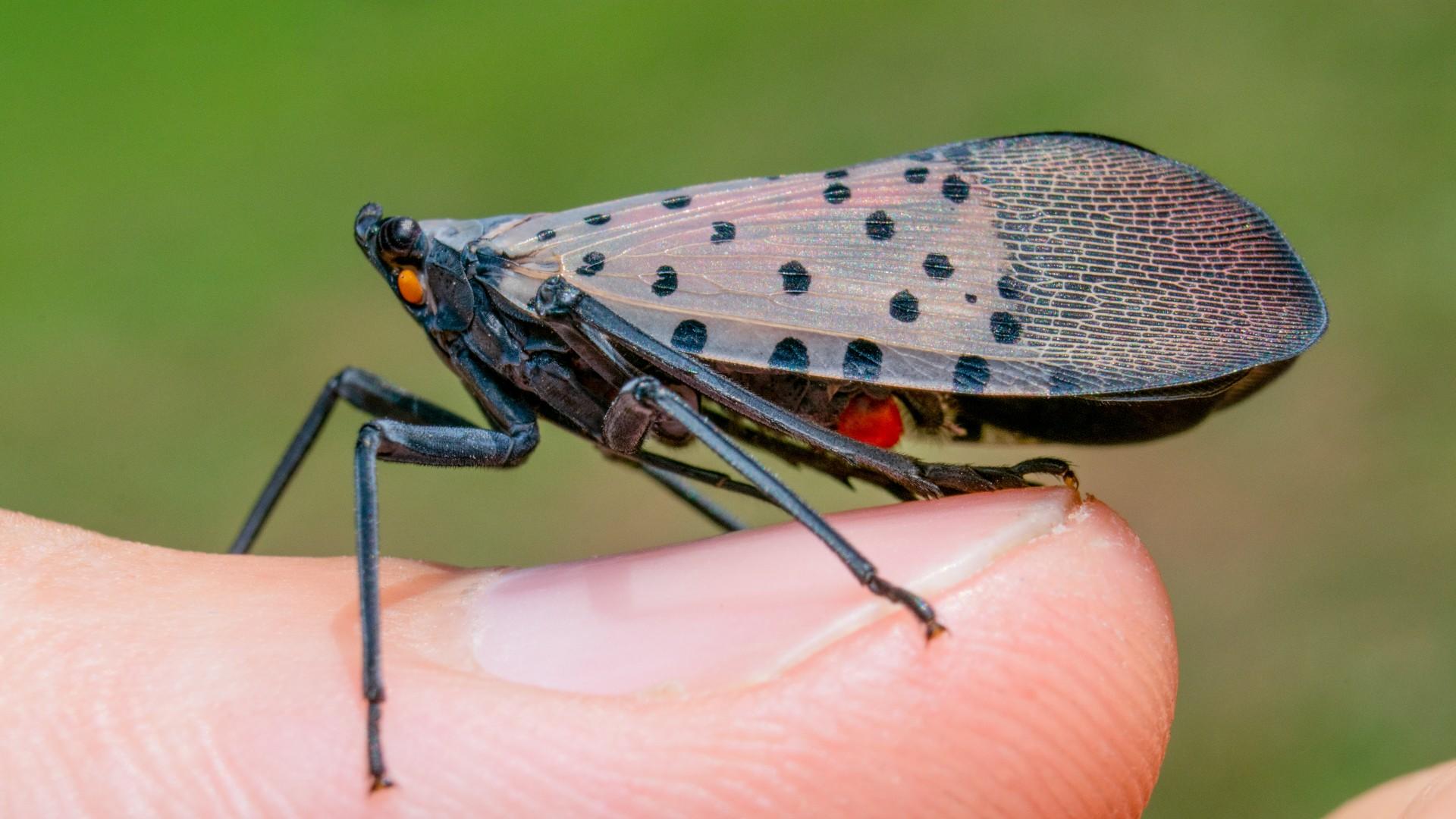The spotted lanternfly, an invasive species spreading across the United States, has made its way onto Goucher’s campus.
Native to east Asia, spotted lanternflies do not bite, sting, or pose any other venomous danger to humans or animals. The major threat comes from the insect feeding and excreting on plants, including agricultural crops such as grapes, apples, and stone fruits. According to the Maryland Department of Agriculture (MDA), lanternflies cause “stunted growth, localized damage, and reduced yields” to crops around the state.
The first reported U.S. sighting of the spotted lanternfly occurred in Southeast Pennsylvania in 2014. Since then, the insect has spread along the East Coast and into the Midwest, according to the MDA. It is easily identified by the black dots on its beige and red wings.
Maryland’s first encounter with the insect occurred in 2018 in Cecil County, approximately thirty miles east of Goucher. Lanternflies now inhabit a total fifteen Maryland counties, including Baltimore County.
Daryn Carter ‘24 said she is used to seeing lanternflies in her hometown of Dover, Pennsylvania, but this fall is the first time she has noticed them on Goucher’s campus.
“I started noticing the lanternflies at the beginning of the semester as soon as we got back,” Carter said, “I hadn’t seen them before.”
Carter reported seeing spotted lanternflies outside of Welsh Hall, where she lives, and along Van Meter Highway. There have also been sightings at Beldon Field.
To contain the spread of this invasive species, the MDA and other experts encourage residents to destroy lanternflies by crushing them with a gloved hand or by stomping on them. Other methods of pest control include, but are not limited to, using insecticides, predatory bugs, or traps.
Carter is in support of this guidance being implemented on Goucher’s campus. She said that “the best thing that we can do is kill them” due to the threat they pose to plant life.
For more information or to report sightings of a spotted lanternfly, please visit https://mda.maryland.gov/plants-pests/pages/spotted-lantern-fly.aspx.





